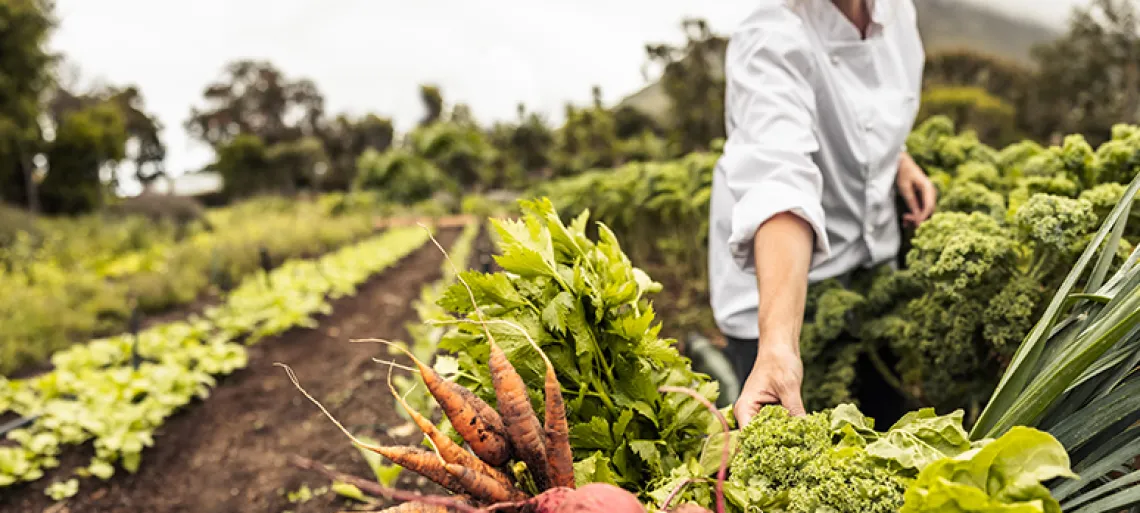
March is National Nutrition Month. Established by the Academy of Nutrition and Dietetics in 1973, it's an opportunity to educate about healthy food choices and designed to focus on creating healthy eating habits and participating in physical activity for better health. This year’s theme is Beyond the Table.
Beyond the Table is referencing the “farm to fork” movement. Farm to fork typically means that a restaurant sources foods from local farms and cooks and serves them to customers. This process, thought of as the typical farm-to-table process, only tells part of the story about the foods we eat.
Beyond the Table is about growing your food, distributing food, purchasing food at the grocery store or farmers market, and how you treat the food at home. It focuses on food safety and storage of the foods you eat.
- Food safety is always a good idea. The old saying an ounce of prevention is worth a pound of cure is the best way to view the importance of food safety. Making sure foods are stored at the correct temperature and cooked at the appropriate temperature for the correct amount of time is important to prevent food poisoning. An easy way to monitor food safety in your pantry or fridge is by logging on to FoodSafety.gov. It can be accessed from your PC or an app on your phone.
- Shopping for food at the grocery store or farmers' market is how we often purchase food for home use. Farmer's Markets offer a great way of getting food from farm to table. Check out resources listing Tucson farmers markets and the Greater Phoenix area.
- Growing food in the desert can be challenging yet rewarding. The Arizona Cooperative Extension offers ideas for growing food in the Garden Kitchen.
- Cooking skills that will enhance your food budget and possibly give you a new life skill can be found through culinary classes at the Garden Kitchen. Invest in a basic skills cookbook if you are a beginner.
- Grocery lists make it easier to shop when you plan meals for the week. They can also help you stay on track when shopping for food.
- Use government assistance programs to make your food budget go further. Check if you qualify for the Supplemental Nutrition Assistance Program (SNAP). Low-income pregnant, breastfeeding, or postpartum women with infants and children up to age five may qualify for nutrition assistance if eligible for Women, Infants and Children (WIC).
- Other community resources for food assistance include The Community Food Bank of Arizona, Interfaith Community Services (ICS), and Produce On Wheels With-Out Waste (P.O.W.W.O.W.).
- See a Registered Dietitian Nutritionist (RDN). The main idea of National Nutrition Month is meeting your nutritional needs through food. You can contact a Registered Dietitian Nutritionist (RDN) if you need more information. If you have diabetes, your insurance may cover a certain number of sessions with an RDN per year. Check with your insurance plan to see what is available.
- Other ways to access nutrition information. The Health Impact Program offers information and nutrition programs. The website MyPlate.gov is a great source for nutrition and food information. At Nutrition.gov, you can find nutrition information for every stage of life.
For life Beyond the Table, it’s important to focus on what we put on the table.
Some fun nutrition activities provided by the Academy of Nutrition and Dietetics:

